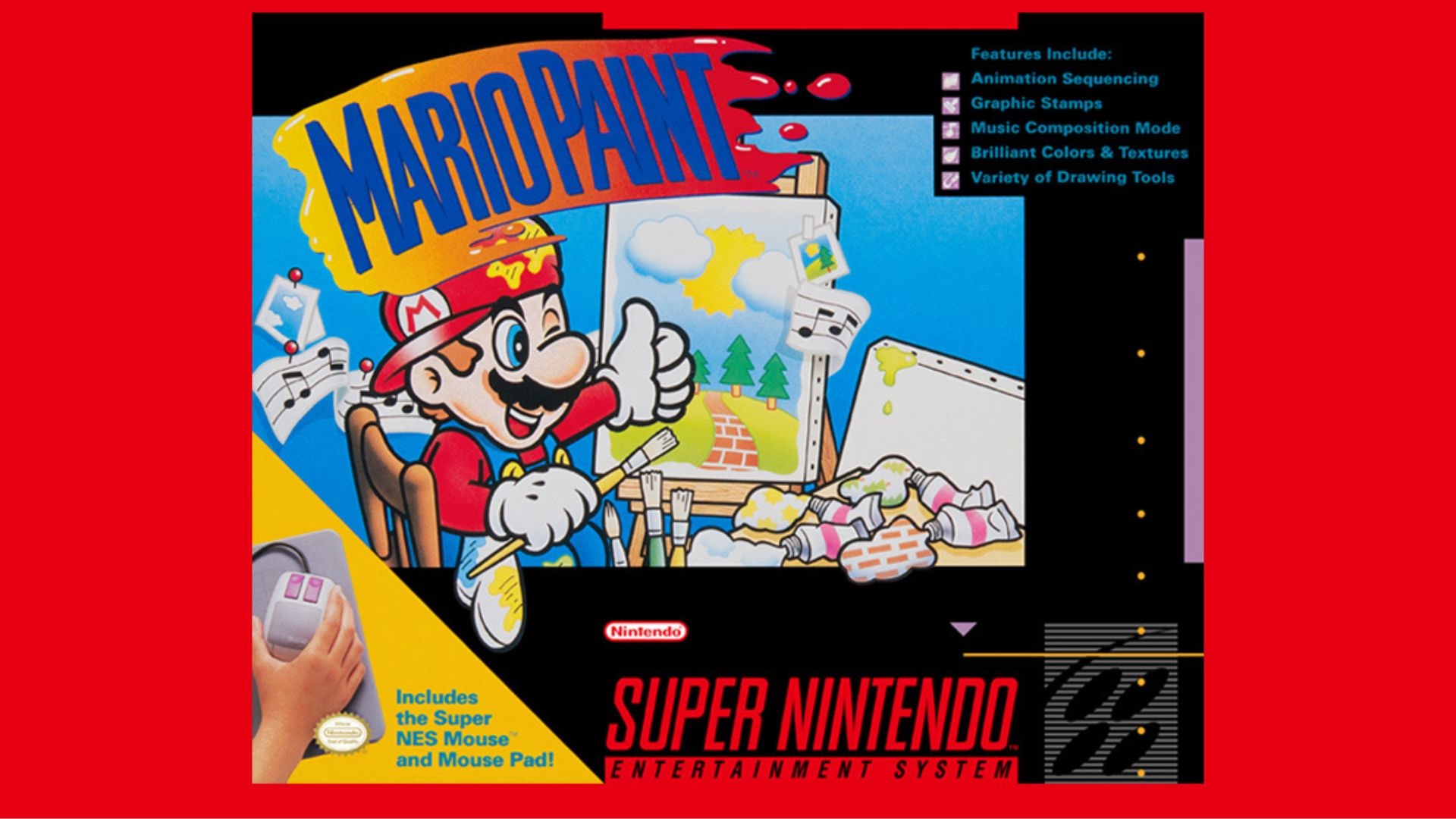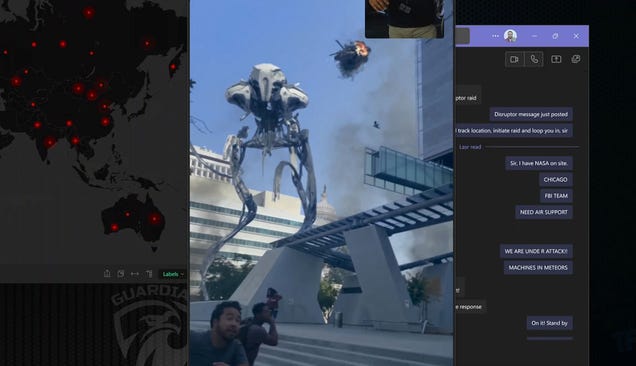Minecraft, le film! Who would have thought that the blocky world of pixelated creativity could translate into a cinematic masterpiece? Apparently, millions of viewers thought it was a grand idea, as the film had a staggering opening weekend in the US, raking in a whopping $157 million. Yes, you read that right - more than the Super Mario Bros movie. Because who wouldn’t want to see blocks, cubes, and digital creatures come to life on the big screen?
Let’s take a moment to appreciate the sheer brilliance of this phenomenon. Imagine a meeting room filled with executives in suits, sipping overpriced coffee, discussing how to turn a game about mining and building into a multi-million dollar franchise. “What if we add a plot?” one visionary must have suggested. “And maybe some actual characters!” shouted another. Brilliant! Because nothing screams box office hit like a narrative about crafting and survival – the quintessential human experience, am I right?
And while we’re at it, let’s not overlook the glorious irony of a massive online leak. One might think that a film like Minecraft, which is all about building and creating, would have safeguards against such breaches. Yet here we are, in a world where fans are more adept at finding leaks than creepers are at sneaking up on unsuspecting players. It’s as if the universe itself is saying, “Why wait for the official release when you can embrace the chaos of the internet?”
Moreover, the film’s success raises an important question: is this the pinnacle of creativity, or just a sign that Hollywood has officially run out of ideas? After all, why bother developing original content when you can simply mine from the vast experiences of gamers? There’s a certain elegance to recycling beloved franchises; the nostalgia factor alone is worth millions. Let’s just hope that the next film adaptation is as riveting as watching a character gather resources for five hours straight.
And speaking of adaptations, let’s give a nod to the directors and writers who managed to transform a game with virtually no plot into a cinematic sensation. If these individuals can take pixelated blocks and turn them into a story that captures the hearts of millions, perhaps we should hand them the keys to the next great literary classic. Who wouldn't want to see a film based on the riveting tale of a potato?
In conclusion, Minecraft, le film is a remarkable testament to the state of modern cinema. It embodies the essence of our times: a blend of nostalgia, creativity, and a hint of desperation. So, grab your popcorn and enjoy the show, folks! Who knows what other game adaptations await us? Maybe Tetris will be next!
#MinecraftMovie #HollywoodAdaptations #BlockbusterSuccess #CinemaIrony #NostalgiaInFilmMinecraft, le film! Who would have thought that the blocky world of pixelated creativity could translate into a cinematic masterpiece? Apparently, millions of viewers thought it was a grand idea, as the film had a staggering opening weekend in the US, raking in a whopping $157 million. Yes, you read that right - more than the Super Mario Bros movie. Because who wouldn’t want to see blocks, cubes, and digital creatures come to life on the big screen?
Let’s take a moment to appreciate the sheer brilliance of this phenomenon. Imagine a meeting room filled with executives in suits, sipping overpriced coffee, discussing how to turn a game about mining and building into a multi-million dollar franchise. “What if we add a plot?” one visionary must have suggested. “And maybe some actual characters!” shouted another. Brilliant! Because nothing screams box office hit like a narrative about crafting and survival – the quintessential human experience, am I right?
And while we’re at it, let’s not overlook the glorious irony of a massive online leak. One might think that a film like Minecraft, which is all about building and creating, would have safeguards against such breaches. Yet here we are, in a world where fans are more adept at finding leaks than creepers are at sneaking up on unsuspecting players. It’s as if the universe itself is saying, “Why wait for the official release when you can embrace the chaos of the internet?”
Moreover, the film’s success raises an important question: is this the pinnacle of creativity, or just a sign that Hollywood has officially run out of ideas? After all, why bother developing original content when you can simply mine from the vast experiences of gamers? There’s a certain elegance to recycling beloved franchises; the nostalgia factor alone is worth millions. Let’s just hope that the next film adaptation is as riveting as watching a character gather resources for five hours straight.
And speaking of adaptations, let’s give a nod to the directors and writers who managed to transform a game with virtually no plot into a cinematic sensation. If these individuals can take pixelated blocks and turn them into a story that captures the hearts of millions, perhaps we should hand them the keys to the next great literary classic. Who wouldn't want to see a film based on the riveting tale of a potato?
In conclusion, Minecraft, le film is a remarkable testament to the state of modern cinema. It embodies the essence of our times: a blend of nostalgia, creativity, and a hint of desperation. So, grab your popcorn and enjoy the show, folks! Who knows what other game adaptations await us? Maybe Tetris will be next!
#MinecraftMovie #HollywoodAdaptations #BlockbusterSuccess #CinemaIrony #NostalgiaInFilm












